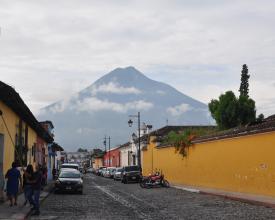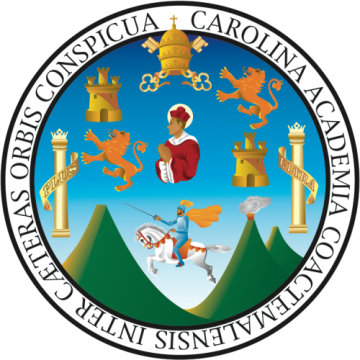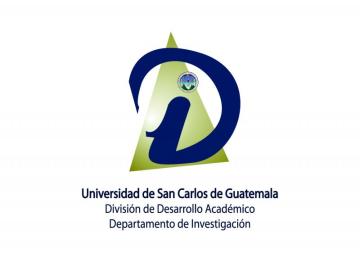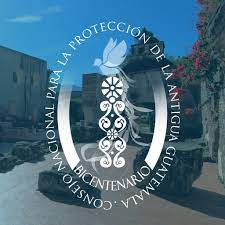
La Antigua Guatemala un patrimonio vivo: Integración del patrimonio cultural natural e inmaterial en la gestión y conservación de la ciudad y su entorno.
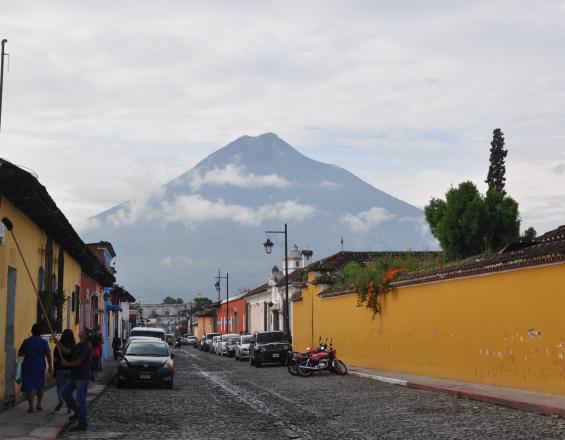
La Antigua Guatemala está protegida por la legislación nacional y fue declarada Patrimonio de la Humanidad en 1979 porque su tejido urbano y su arquitectura expresan la historia de Santiago de los Caballeros, importante capital colonial de la antigua Capitanía General de Guatemala (s. XVI-XVIII) en Centroamérica. Se definieron unos límites y un área de influencia, pero no una zona de amortiguamiento.
Desde entonces, la legislación sobre el patrimonio ha evolucionado, en paralelo a la conceptualización internacional del patrimonio: desde 2008, las Directrices Prácticas para la aplicación de la Convención del Patrimonio Mundial recomiendan una zona tampón como mecanismo para añadir protección al lugar patrimonial. Además, el reconocimiento de los valores del patrimonio cultural natural e inmaterial, además del Valor Universal Excepcional, ha adquirido una importancia primordial. En 2021, el CNPAG y la USAC establecieron una asociación en el marco del Laboratorio de Lugares Patrimoniales del ICCROM-IUCN World Heritage Leadership, para abordar en colaboración estas cuestiones de gestión a través de la investigación.
Contexto
Défis à relever
Ubicación
Impactos
Las principales repercusiones de esta colaboración son:
1.- Vinculación y trabajo en red de la Universidad de San Carlos con administradores de sitios, en Guatemala, así como con otros sitios de Patrimonio Mundial, e intercambio de experiencias, centradas en la importancia de la investigación, en un ambiente de colaboración y aprendizaje entre pares entre las entidades involucradas y en contacto directo con profesionales e investigadores internacionales del patrimonio.
2.- A través de un proceso reflexivo, el Equipo amplió la perspectiva hacia el patrimonio vivo y su interconexión con el patrimonio tangible, la gobernanza y los modelos de gestión participativa.
3.- El Equipo identificó la necesidad de conocimiento intergeneracional en la educación superior, lo que requiere recoger información difundida sobre el lugar patrimonial, para identificar prioridades de investigación.
4.- El Equipo identificó el impacto del crecimiento demográfico y urbano, así como los riesgos y su grado de vulnerabilidad que afectan tanto al patrimonio construido, natural e inmaterial, como a la población dentro y fuera del área de conservación.
5. El Equipo reconoció la importancia de los corredores biológicos en los alrededores de La Antigua Guatemala, como un factor para la conservación del patrimonio y la reducción de riesgos.
6. 6. El Equipo identificó los vacíos de conocimiento que necesitan ser abordados para conceptualizar una zona de amortiguamiento para el lugar patrimonial.

